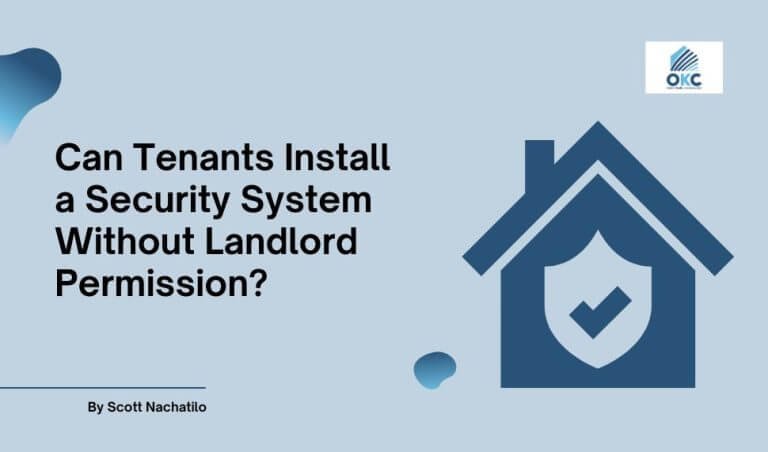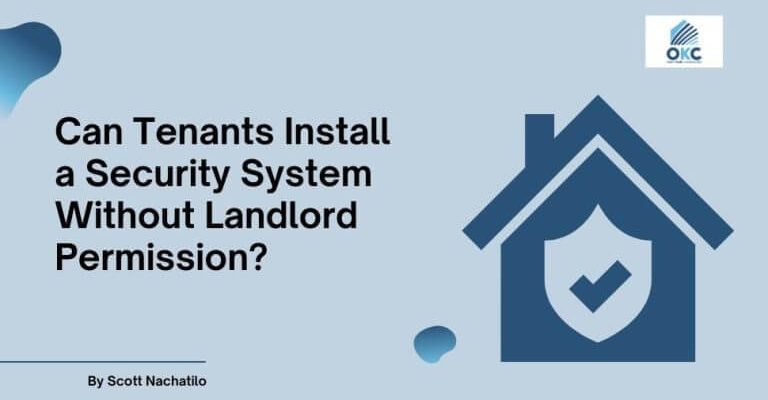
Let’s be honest, sorting out who controls a security system in a rental is a bit like finding the TV remote after your roommate has “organized” the living room. You just want to keep things simple, synced, and secure—with no awkward calls to tech support. Whether you want to get alerts, reset the code, pair new devices, or even just change the battery, you’ll need to know who’s in charge of the account. So, let’s walk through what’s possible, what’s not, and the best way to get your ADT system working for you as a tenant.
Understanding How ADT Security Systems Are Registered
Here’s the thing: when we talk about ADT systems, registration really means who’s listed as the main account holder with ADT. This isn’t like syncing your own smart bulb or pairing a Bluetooth speaker. If your landlord bought and installed the system, chances are it’s registered under their name, their info, and maybe even their credit card.
ADT security systems are designed to be tied to a single user or “subscriber”—usually the homeowner or whoever’s paying for the monitoring. That means the landlord controls the core account, including things like:
- Who can receive security alerts
- Who’s authorized to reset or troubleshoot the system
- Billing and subscription details
As a tenant, you can use the keypad and arm/disarm the system (unless your landlord restricts your access), but you won’t have full administrative control unless the landlord actively changes the account registration. Think of it like using a Netflix profile under someone else’s account—you get access, but you can’t make the big changes.
Landlord vs. Tenant: Who Actually Owns the ADT Account?
It’s important to separate ownership of the hardware from ownership of the ADT subscription or account. Even if the alarm panel, sensors, and remotes are attached to the wall of your rental, the service is likely tied to whoever set up the contract—in most cases, the landlord.
You might be wondering, “Can’t the landlord just let me register the system in my own name?” Sometimes, yes—but that usually involves contacting ADT, transferring the subscription, or even starting a new contract. This can get sticky, especially if there are legal or financial questions about the property. Some landlords prefer to stay in control, so they can handle service codes, battery issues, or troubleshooting themselves. Others might offer to transfer everything to you if you’re willing to take over billing.
There’s also an in-between option: the landlord keeps the ADT account but gives you full access through a secondary user profile—so you can pair remotes, reset codes, and get phone alerts, but the ultimate authority stays with them.
How to Register or Transfer ADT Systems as a Tenant
If you’re hoping to register the ADT system yourself, here’s what’s usually required—grab a coffee, you’ll want to do this step-by-step.
- Contact your landlord first. Ask if they’re willing to transfer the system’s registration to you. Sometimes it’s as easy as signing a quick authorization form.
- Reach out to ADT customer service if your landlord agrees. They’ll walk both of you through the transfer process, which may include identity checks and updating account info.
- If your landlord won’t transfer the main account, ask if you can add yourself as a secondary user. This lets you sync your phone, set custom codes, or pair new remotes, but not handle billing.
- Prepare to show your lease or rental agreement. ADT may need proof you’re the current resident.
Don’t forget, if the landlord is paying for the ADT subscription, switching the registration might also mean you take on monthly costs. Talk this through so nobody’s surprised by a sudden bill.
What Tenants Can (and Can’t) Do With a Landlord’s ADT System
Even if you’re not the registered owner, you’ve usually got some degree of practical control over the ADT system inside your rental. Here’s a quick breakdown:
What you can usually do:
- Use the keypad to arm/disarm the system
- Change your own user codes (with landlord’s permission)
- Pair certain smart home devices or remotes (if enabled by landlord)
- Replace batteries in sensors and remotes when needed
What you can’t usually do:
- Reset the entire system or master code
- Change account contact info or billing details
- Access troubleshooting or maintenance services directly from ADT
Think of it like living in a furnished apartment—the couch is yours to use, but you can’t take it with you or swap it out unless the landlord says it’s OK.
Common Troubleshooting Issues for Tenants
Let me explain: using a landlord-owned ADT system can come with a few snags. Maybe you want to pair a new remote or change the code. Or perhaps you’re trying to reset the system after a power outage, but you hit a wall because you don’t have the “master” info.
Some typical problems tenants face include:
- Difficulty syncing new remotes or sensors if you lack admin-level access
- Unable to reset or troubleshoot error codes directly with ADT support
- Batteries running low in remotes or sensors, but access to replacement parts is limited
The best workaround? Always communicate with your landlord about any repairs, code changes, or sync issues. If you’re moving out, ask about how to properly reset or unregister your user profile so the next tenant isn’t accidentally getting your alerts.
Legal and Privacy Issues: What Tenants Should Know
Honestly, privacy is a biggie here. As a tenant, you want to know that the system isn’t letting your landlord peek at your every move—or worse, accidentally expose your personal info.
ADT’s privacy policies generally protect account holders, but if you’re not the registered user, you may have limited say over who accesses security footage, alert logs, or mobile notifications. If you’ve got concerns, don’t be shy—ask your landlord who has admin access, and request that your codes or mobile numbers stay private.
As a tenant, you’re entitled to safety and privacy. Make sure you’re clear on who can see what, especially if smart cameras or remote access features are involved.
Some states also have rental laws about surveillance, so check your local regulations if you’re ever unsure.
Alternatives for Tenants: Going Beyond Landlord-Owned ADT Systems
You might be thinking, “I just want my own security that I control.” Fair point. While you can’t always register a landlord’s ADT system, there are other ways to stay safe as a renter.
- Install your own DIY security system. Many new systems are wireless, battery-powered, and can be easily moved from apartment to apartment.
- Use smart home devices like cameras and sensors that don’t require a landlord’s permission or account access.
- Ask your landlord to upgrade to a system that allows tenant-specific profiles or codes, giving you more control without switching the main account.
Comparing a universal remote to a brand-specific remote is a lot like this: universal (DIY) options give you full control, but sometimes lack special features only available with ADT or similar brands. It’s all about balance—do you want convenience, more control, or just the simplest solution?
Tips for Clear Communication Between Tenants and Landlords
Let’s be real, nothing gets fixed—whether it’s the battery in the remote or a question about codes—without good landlord-tenant communication.
Here are a few ways to keep things smooth:
- Put security system agreements in writing. Clarify who pays, who registers, and who gets access before you move in.
- Make a checklist of responsibilities, like who changes batteries or handles troubleshooting with ADT.
- Set up regular check-ins to make sure everyone’s happy with how the system works. If you’re switching tenants, update codes and unregister old users for everyone’s peace of mind.
The goal isn’t to make security a headache, but to make it feel as easy and natural as flipping on a light switch.
Navigating security systems as a renter can feel like a game of hot potato—who’s really holding the keys (or in this case, the remote)? Most ADT systems bought by landlords remain under their registration, but that doesn’t mean you’re locked out of safety. With some clear conversations and a little teamwork, you can pair, sync, and use the ADT system to make your home secure—without stepping on anyone’s toes.
If you want more control, consider alternatives like a DIY system or negotiating more access with your landlord. No matter which route you go, the most important thing is to feel safe and settled in your space—remote in one hand, peace of mind in the other.
